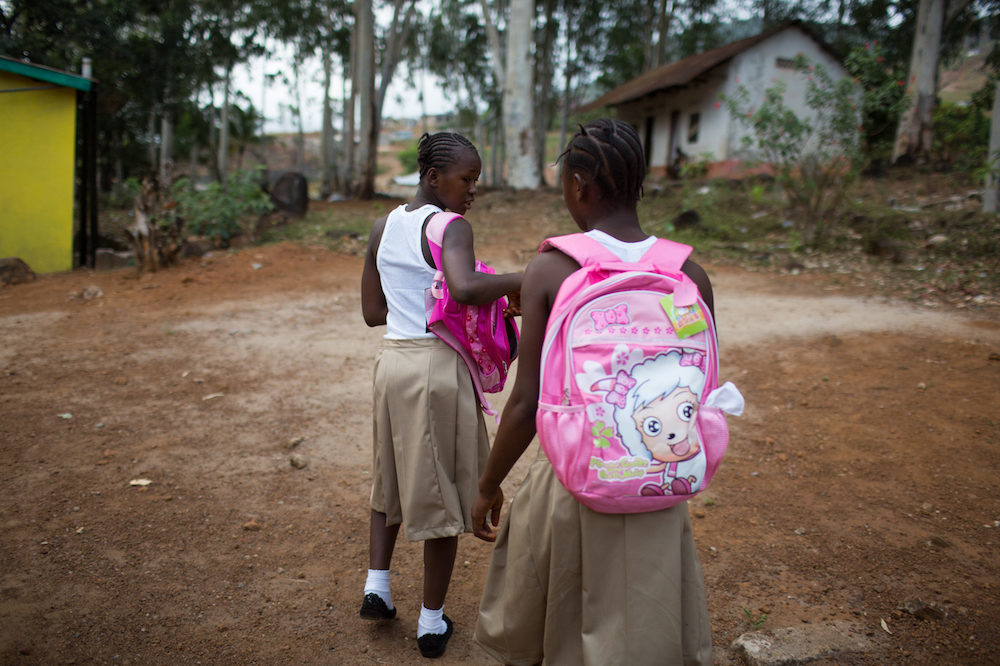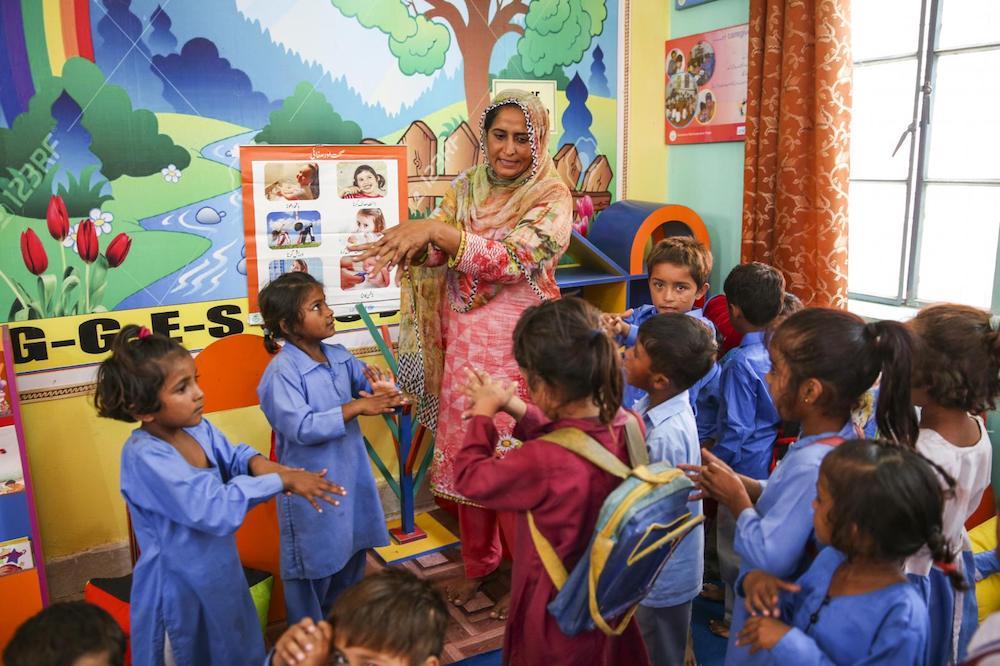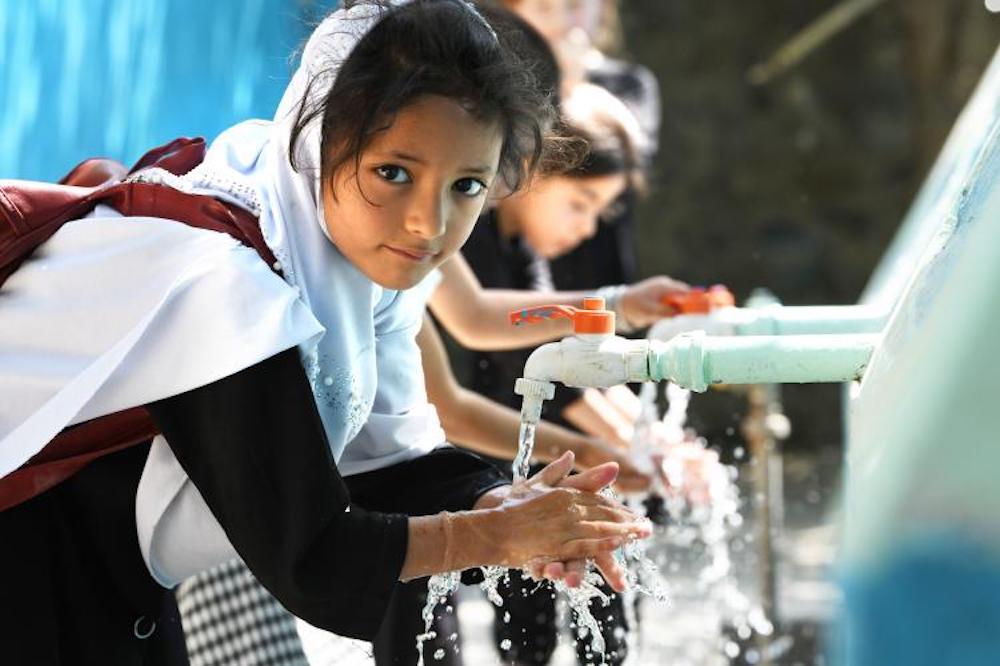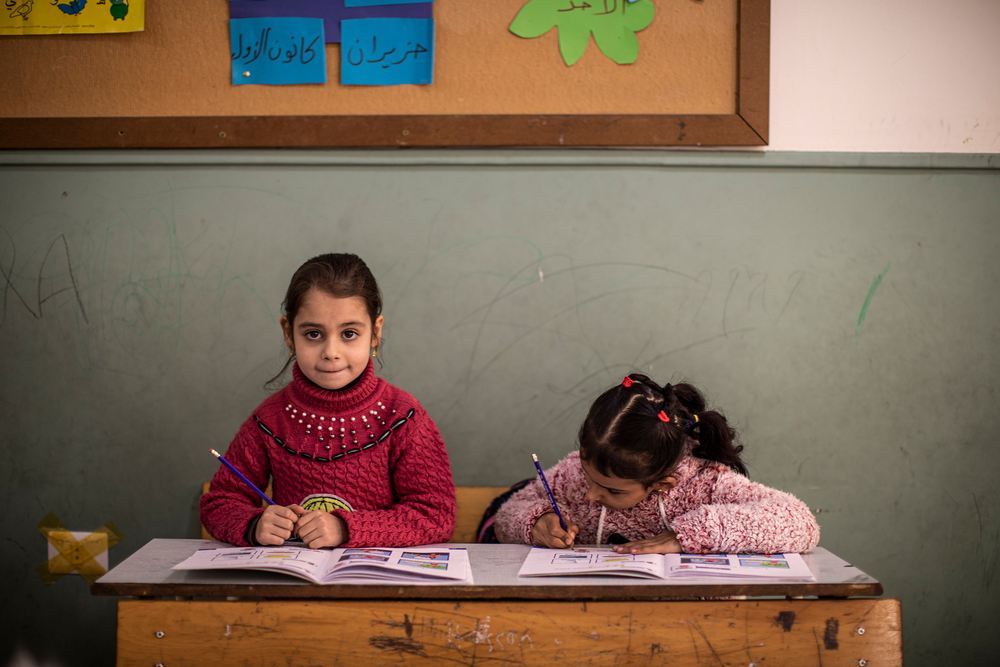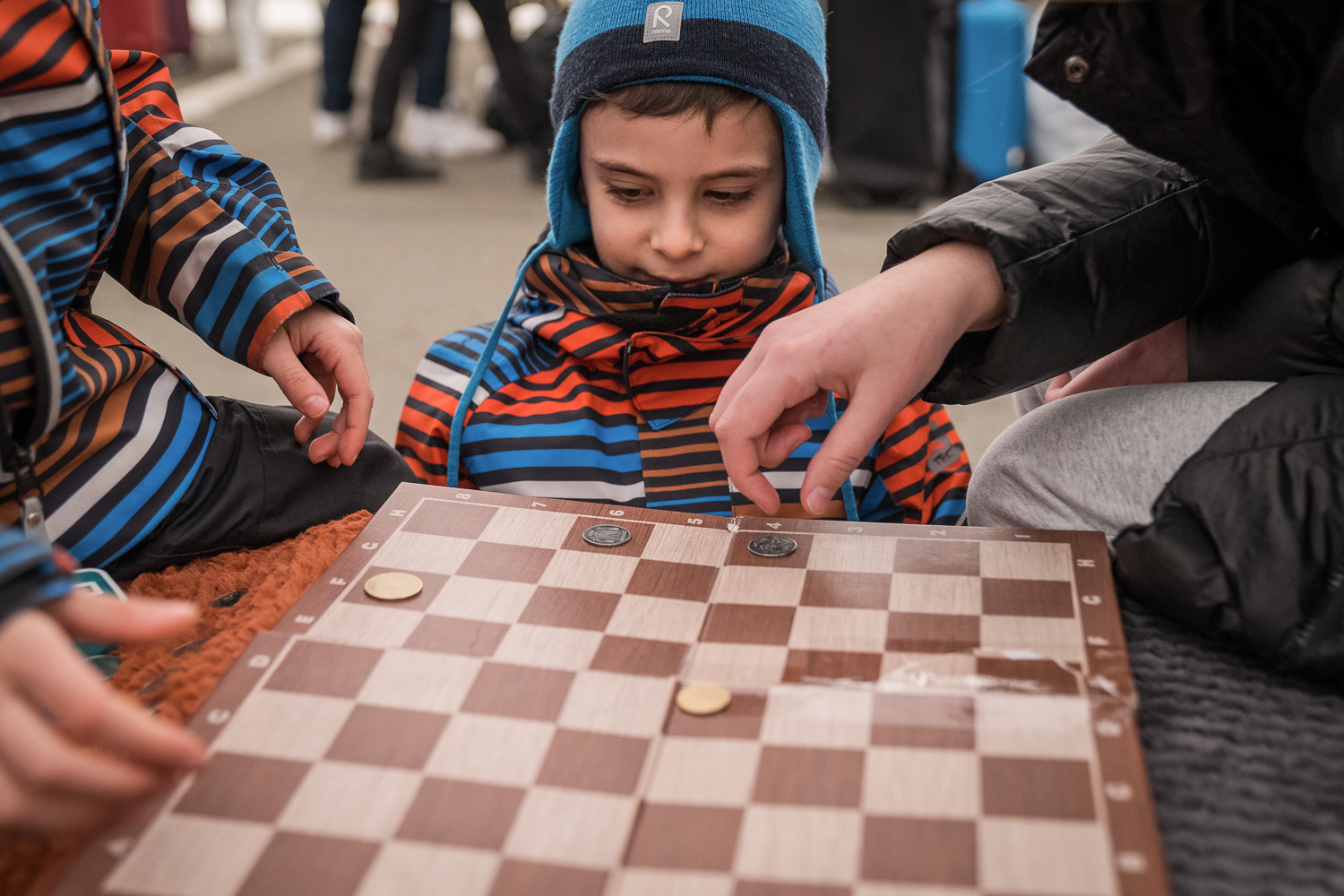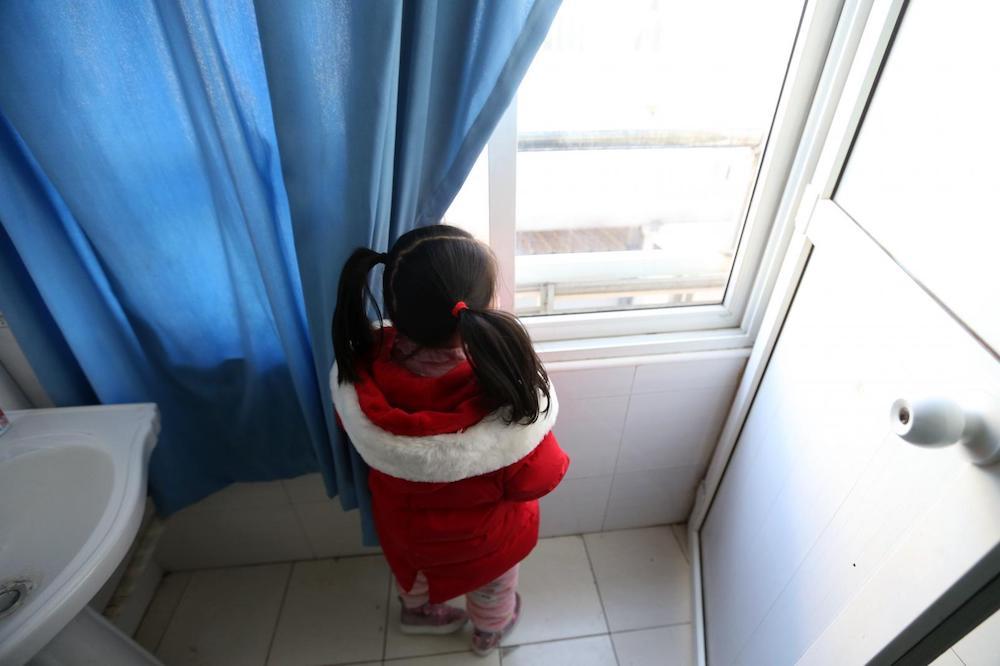
The biggest schools shutdowns
(Number of children affected from pre-primary to upper secondary)
China 233 million, Pakistan 44.9m, Bangladesh 36.7m, Mexico 33m, Ethiopia 23.9m, Egypt 23.1m, Turkey 17.7m, Japan 16.5m, Iran 14.6m, Kenya 13.7m, South Africa 13.5m, France 12.9m, Thailand 12.9m, Germany 12.2m, Argentina 11m, Afghanistan 9.6m.
